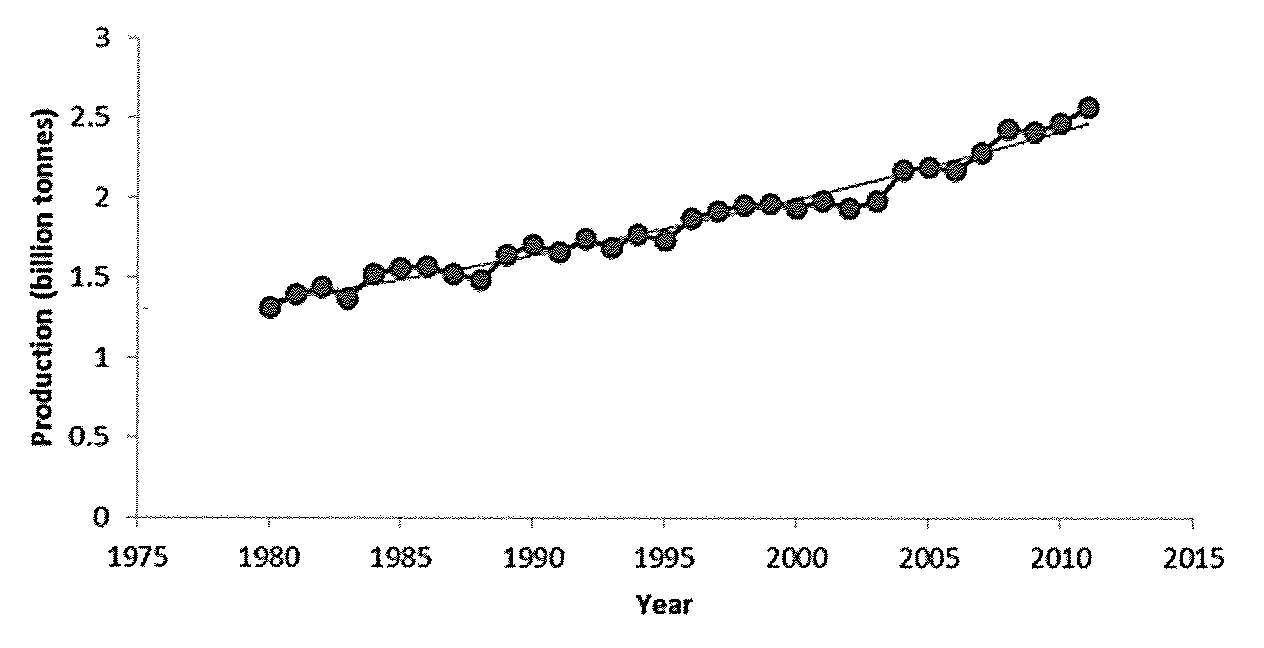Climate Change 11: Alarmists predict doom but a healthier world is reality
Considering climate alarmists history of alarmingly false predictions, it’s curious that their forecasts continue to be accepted as credible by so many. Here’s what Princeton University professor Michael Oppenheimer wrote in 1990:
[By] 1995, the greenhouse effect would be desolating the heartlands of North America and Eurasia with horrific drought, causing crop failures and food riots. … [By 1996] the Platte River of Nebraska would be dry, while a continent-wide black blizzard of prairie topsoil will stop traffic on interstates, strip paint from houses and shut down computers. … The Mexican police will round up illegal American migrants surging into Mexico seeking work as field hands.
In 1968 current Stanford University professor Paul Ehrlich predicted:
The battle to feed humanity is over. In the 1970s, the world will undergo famines. Hundreds of millions of people are going to starve to death in spite of any crash programs embarked upon now.

Climate scientists Patrick Michaels and Paul Knappenberger’s terrific new book exposes the “pseudoscience” that the “the debate is over” crowd relies on for their alarmist dictates. That crowd is big and powerful, but nowhere near 97% of climate scientists (or anybody else) endorse the impoverishing policies that will change our climate in ways that won’t even be measurable 75 years from now.
The book, Lukewarming: The New Climate Science that Changes Everything, acknowledges that climate change is real and partially man-made, but shows that the mild, gradual warming we are experiencing doesn’t come close to the catastrophic levels predicted by the model estimates used by the UN’s Intergovernmental Panel on Climate Change (IPCC). Here’s what they say about the world’s health, wealth, and food production:
Life expectancy has more than doubled in the developed world since 1900. Per capita wealth has increased approximately 11-fold. Health, wealthy, and diversified societies are only marginally sensitive to weather and climate. …
People in the developed world are living longer, healthier lives in a warming climate. … Poorer countries’ vulnerability to climate change largely is a function on their inability to access global markets. … Since the advent of modern technological agriculture, there has never been a systemic and worldwide food shortage brought on by weather and climate. …
Rather, what appears to be taking place is an exponential increase in production [worldwide] brought about through a combination of technological improvements and efficiency in the use of arable land, as well as the increase in atmospheric carbon dioxide.
A key part of American prosperity is the breathtaking efficiency of our agriculture system, going from needing 85% of the working population in 1800 to just 1.5% today. Michaels and Knappenberger make a convincing case that “economic development is the key in adaptation to the vagaries of weather and climate.”
Peter Zeller is Director of Operations at Center of the American Experiment.